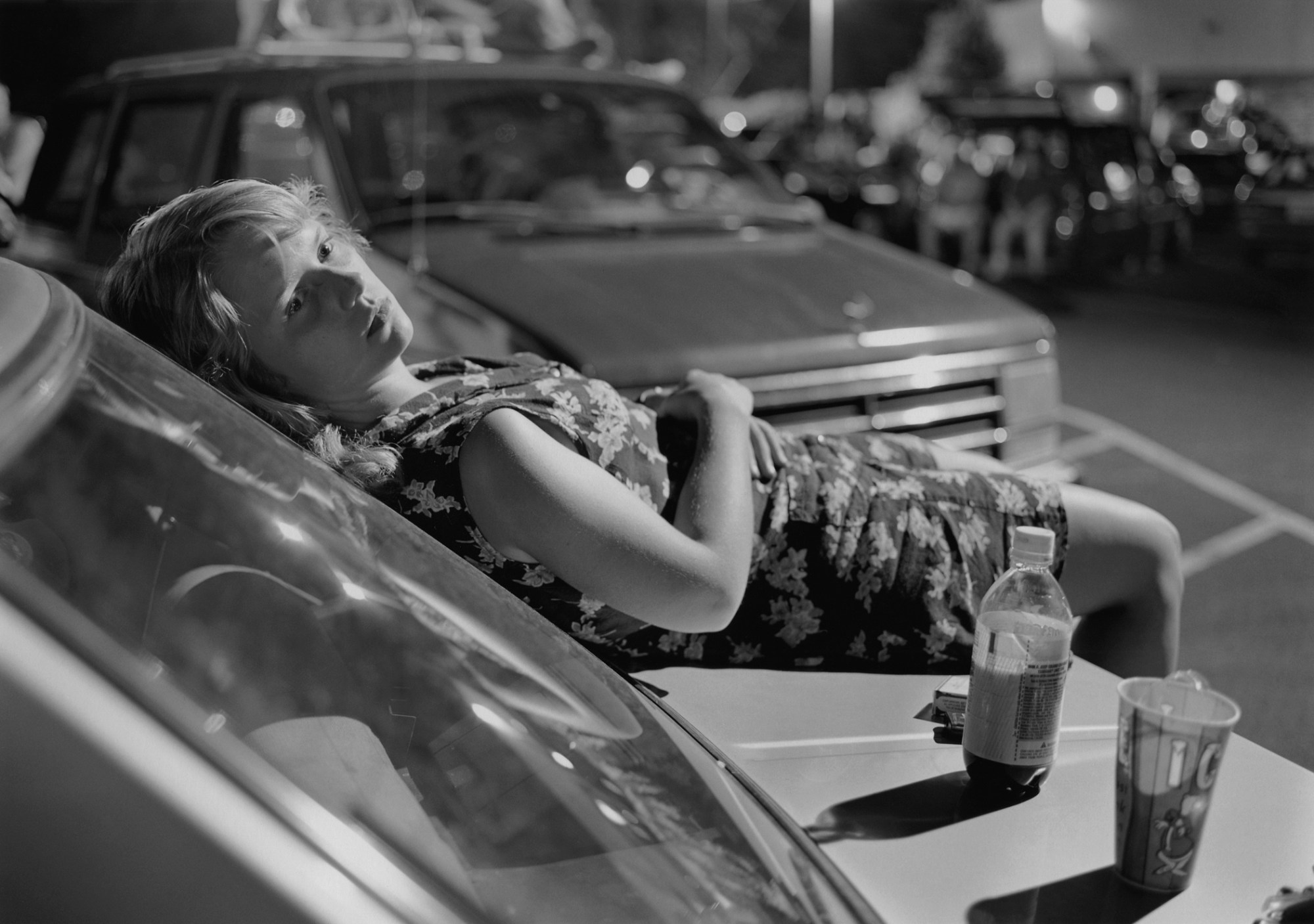A few hours before Mark Steinmetz’s new exhibition opens at Yancey Richardson Gallery in New York, it’s lashing rain. The biblical downpour has made this sequestered stretch of West 22nd Street even less populated. The only sign of life is a mail carrier’s push cart, abandoned outside the Comme des Garçons store opposite the gallery. For a moment, I try to imagine how the scene might look through the photographer’s lens. Steinmetz’s black-and-white images — medium format and elegantly rendered in silver gelatin — have been described as intimate, quietly evocative, and often melancholic. Quickly, though, I decide this exercise feels wrong.
For one, Steinmetz’s show is called South. It collects pictures he made throughout the 90s (and, in a few cases, the aughts) exclusively in the American South. Tennessee, Mississippi, Georgia, and North Carolina — landscapes with little in common with the west side of Manhattan. And, as he later tells me, he’s “very interested in anticipation in photography.” What happens before the rain, so to speak, or after.
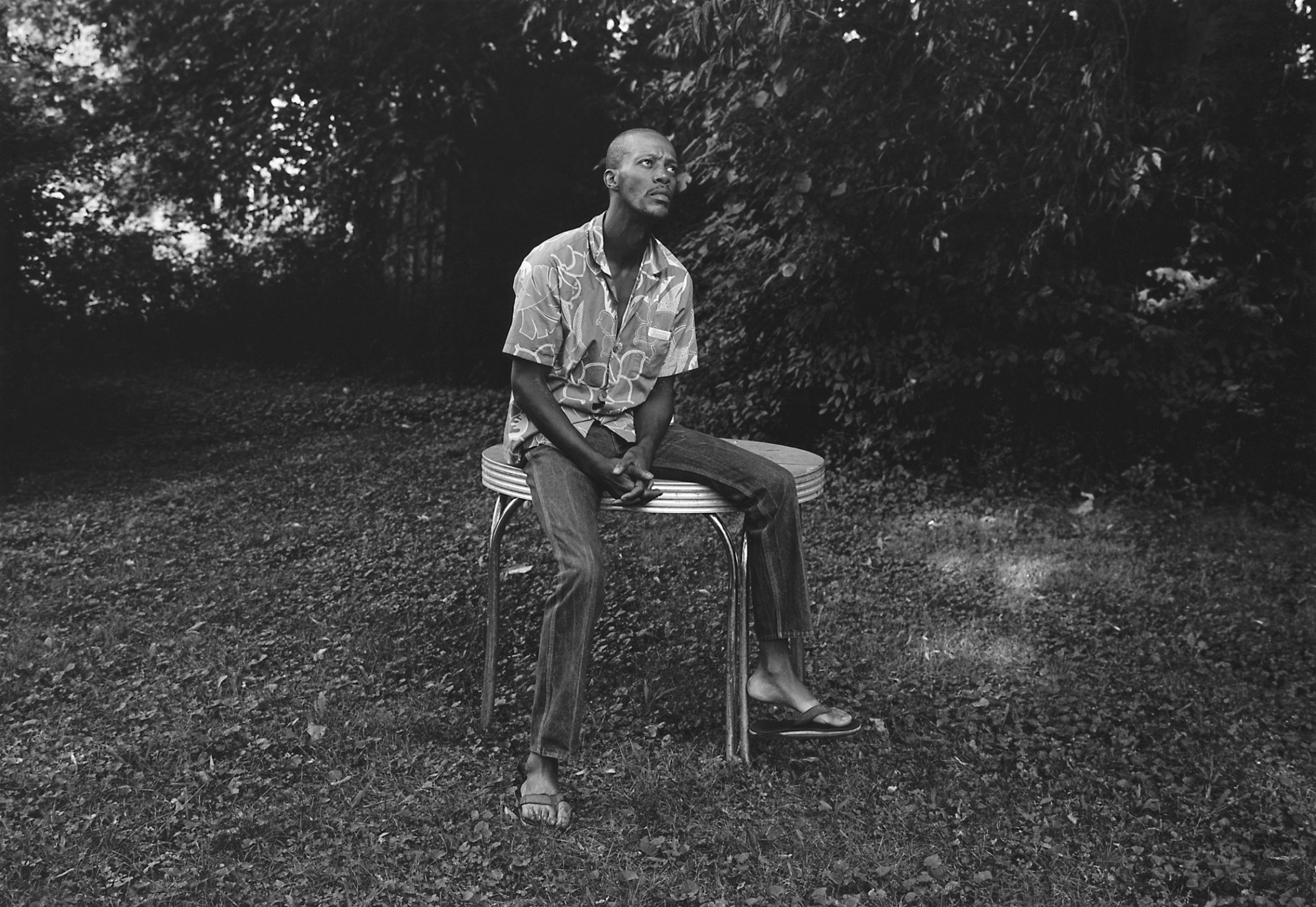
Yet Steinmetz isn’t a stranger to New York City. He was born here, but lived in Boston-area suburbs like Cambridge and Newton until he was 12. After attending high school in the midwest, he returned to New England at 21, to study photography at the Yale School of Arts. After one semester, Steinmetz dropped out of the MFA program, and in the summer of 1983, he journeyed to Los Angeles, where he heard the legendary Garry Winogrand was living. (He turned out to be correct, and last year, published a book of pictures he made while working alongside Winogrand, Angel City West.) So how did he end up in the South?
“I went to high school, weirdly, in Iowa City, Iowa. So there was some exposure to this kind of America outside of the urban areas,” he explains. “I didn’t go down to the South until I was doing freelance photography in Chicago. I got a last-minute job to teach at [the University of Tennessee] Knoxville, so that’s when I moved. I loved it right away.” He’s been living and working in Athens, Georgia since 1999.
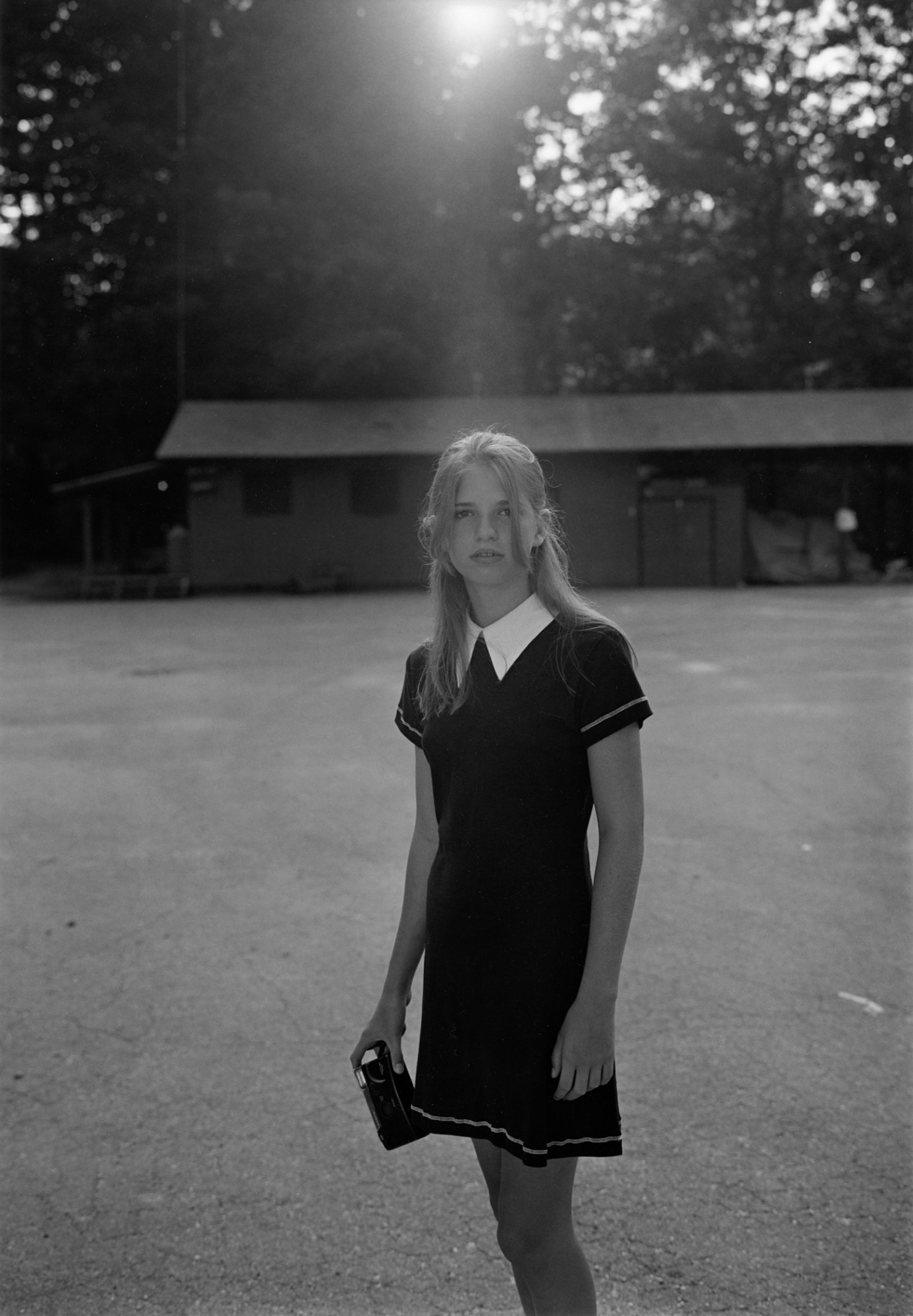
A college town about an hour and a half northeast of Atlanta (and home of The B-52s), Athens is where Steinmetz made about a third of South‘s pictures. Though he has published many regionally specific books over the course of his career, “I usually end up doing work that’s very close to home,” Steinmetz says. “It’s very local, but I make it seem like I’m on a big journey. If you photograph a gas station, it looks like you’re on the road.”
Among these Athens pictures are some of Steinmetz’s most recognizable. One features a girl reclining on the hood of a car, gazing far beyond her pack of smokes and Icee cup. In another — photographed one year later, in 1997 — a girl lays on a couch. The couch curves gently under her slender frame; her eyes seem barely open. Much about the images is different, but in both his subjects, Steinmetz captures an uncertain pensiveness.
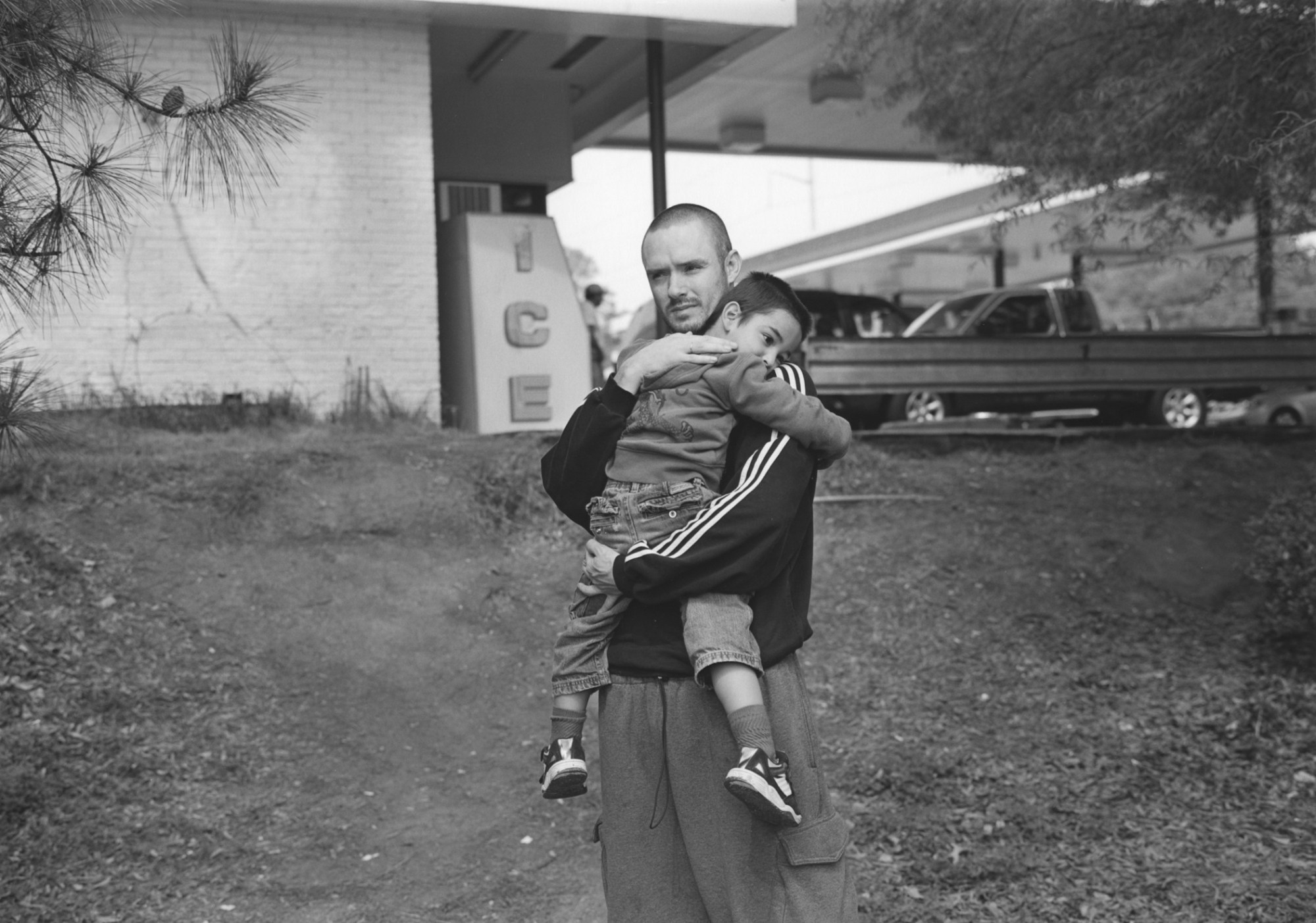
So often, images of young people are coded to communicate the hope of possibility, or the sorrow of its absence. In these pictures, and many of South‘s others (a woman leaning on her fence in Knoxville, a boy looking out a car window in Georgia, a goth on a front lawn in North Carolina) Steinmetz refuses the imposition, or even interpretation, of a single narrative or emotion. We don’t have the information (and despite what many of us in the North may believe, the right) to make those judgements.
Steinmetz doesn’t really either. His photographs are not documentary in a topical or newsworthy sense. Still, though they are often intimate, they are never staged. Steinmetz rarely knows his subjects. Sometimes, he asks them to repeat a gesture he’s observed them making, but doesn’t pose their movements. “I like pictures that have a sense of spontaneity and suddenness. Otherwise, it’s just too dull for me.”
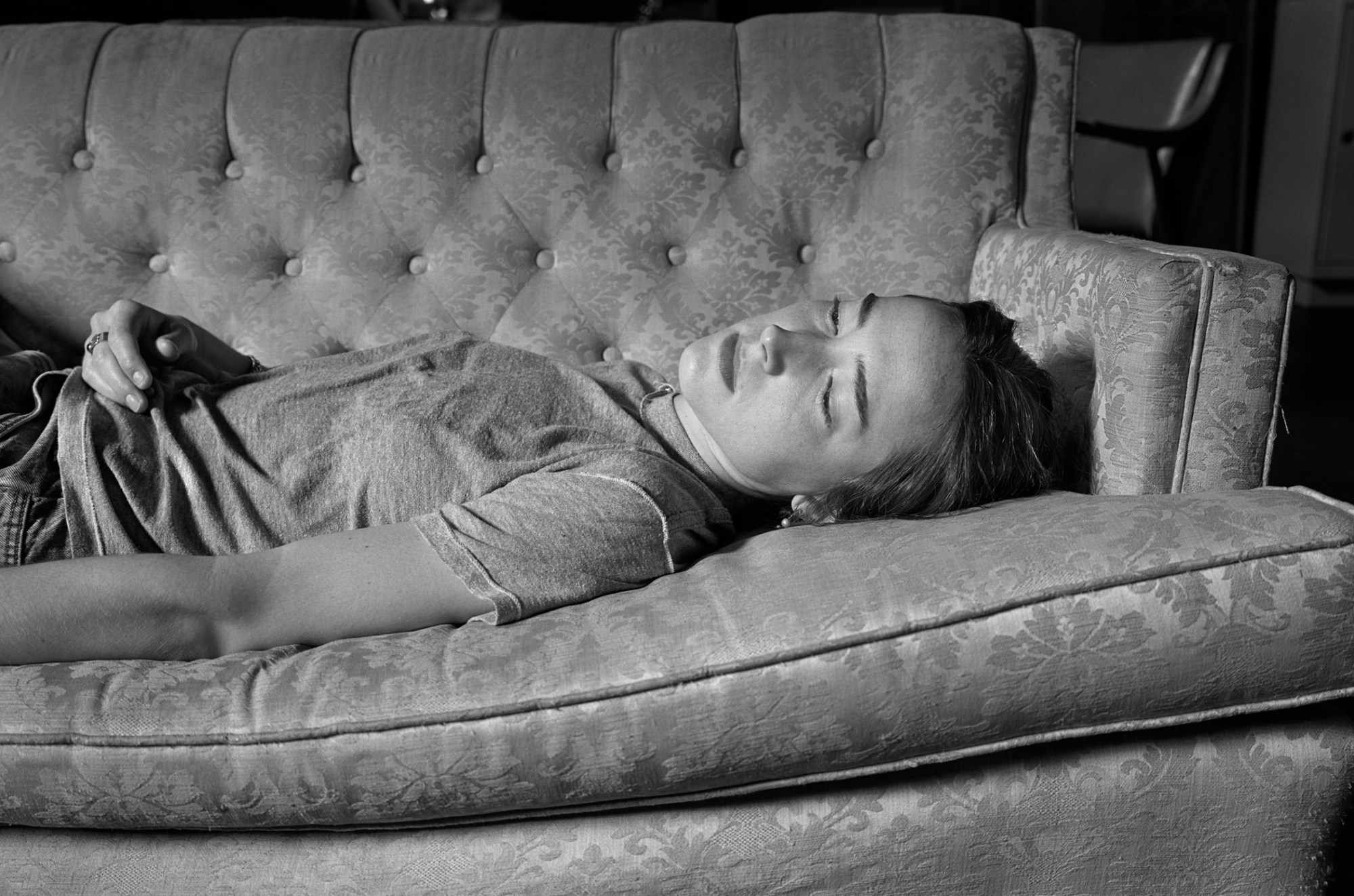
That sense of spontaneity and suddenness tends to manifest subtly in Steinmetz’s photographs. But in one of South’s pictures — taken, fittingly, during a rainstorm — it arrives as literal lightning. In 1994, Steinmetz captured a car-less Mississippi highway. Framed by jet black trees, a towering crack of white emerges from the misty sky. Its reflection on the wet pavement stretches all the way to Steinmetz’s vantage point. I ask him how this picture was even possible with medium format.
“Before this work, I did a lot of 35mm photography,” he explains. When he saw lightning, he realized he only had two frames at the end of his roll. “There are lightning strikes in each picture, which is pretty good,” he says with a smile. For Steinmetz, it’s about “divining what the next moment will bring.”
‘South’ is on view at Yancey Richardson Gallery through May 13, 2017.
yanceyrichardson.com
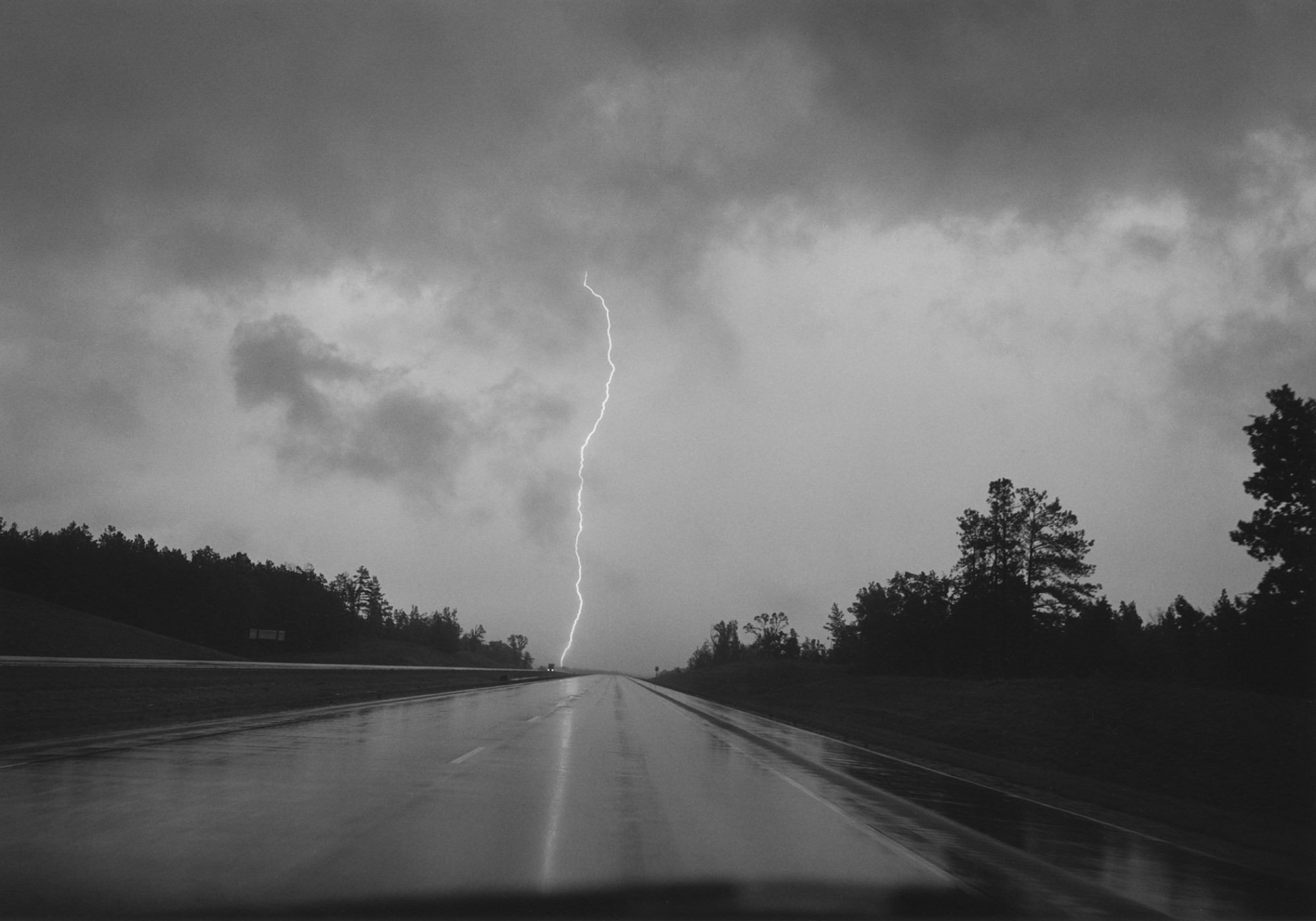
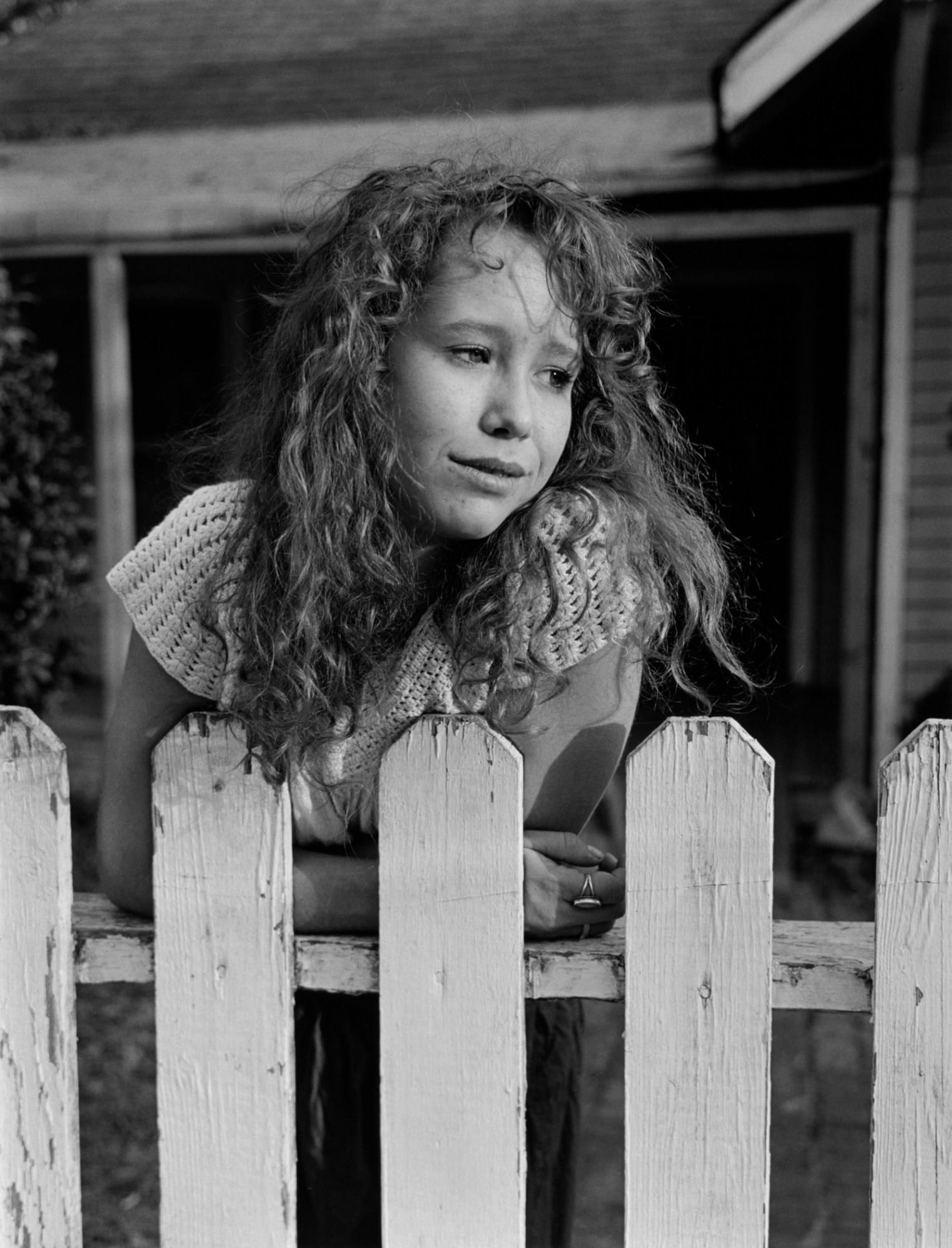
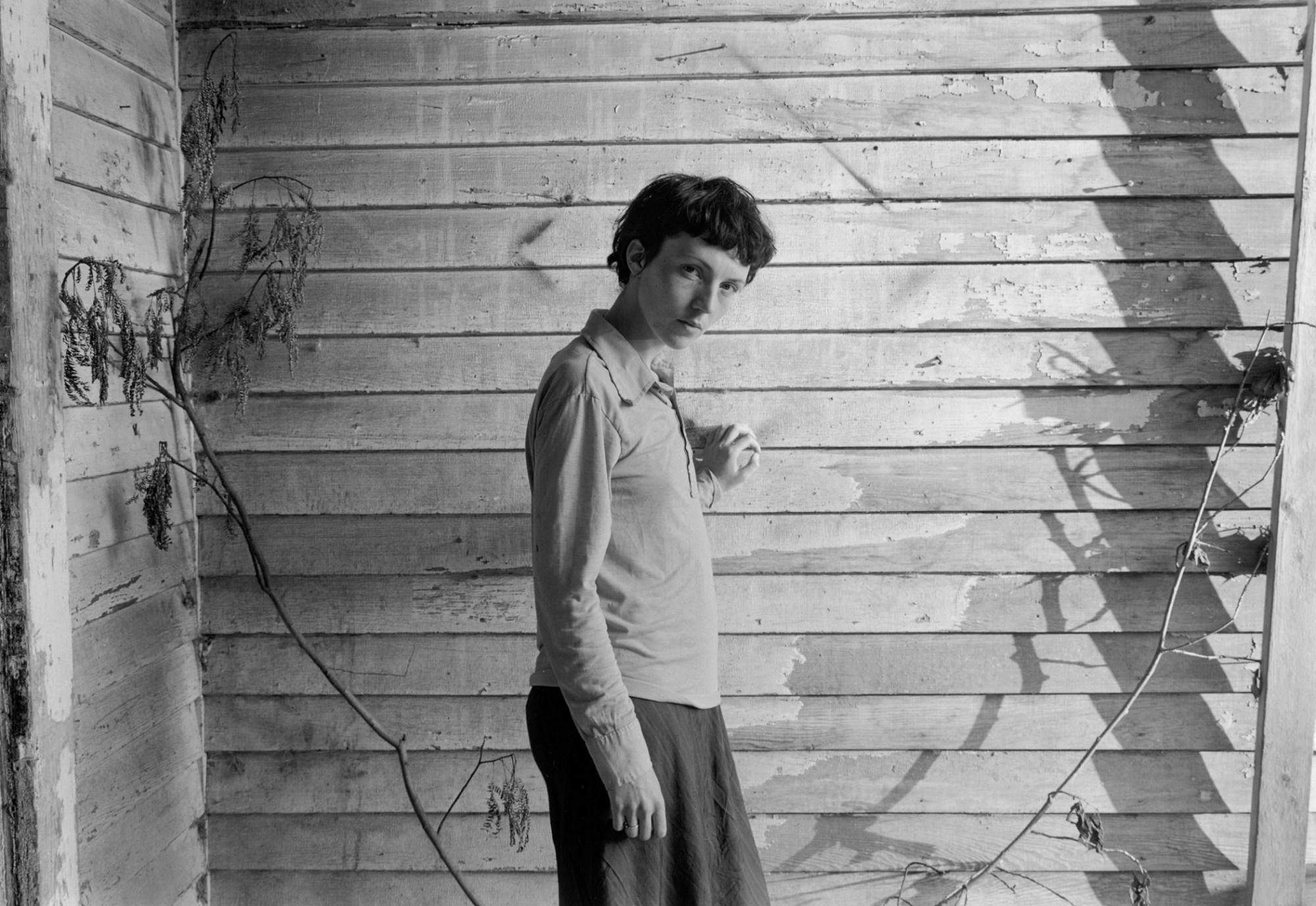
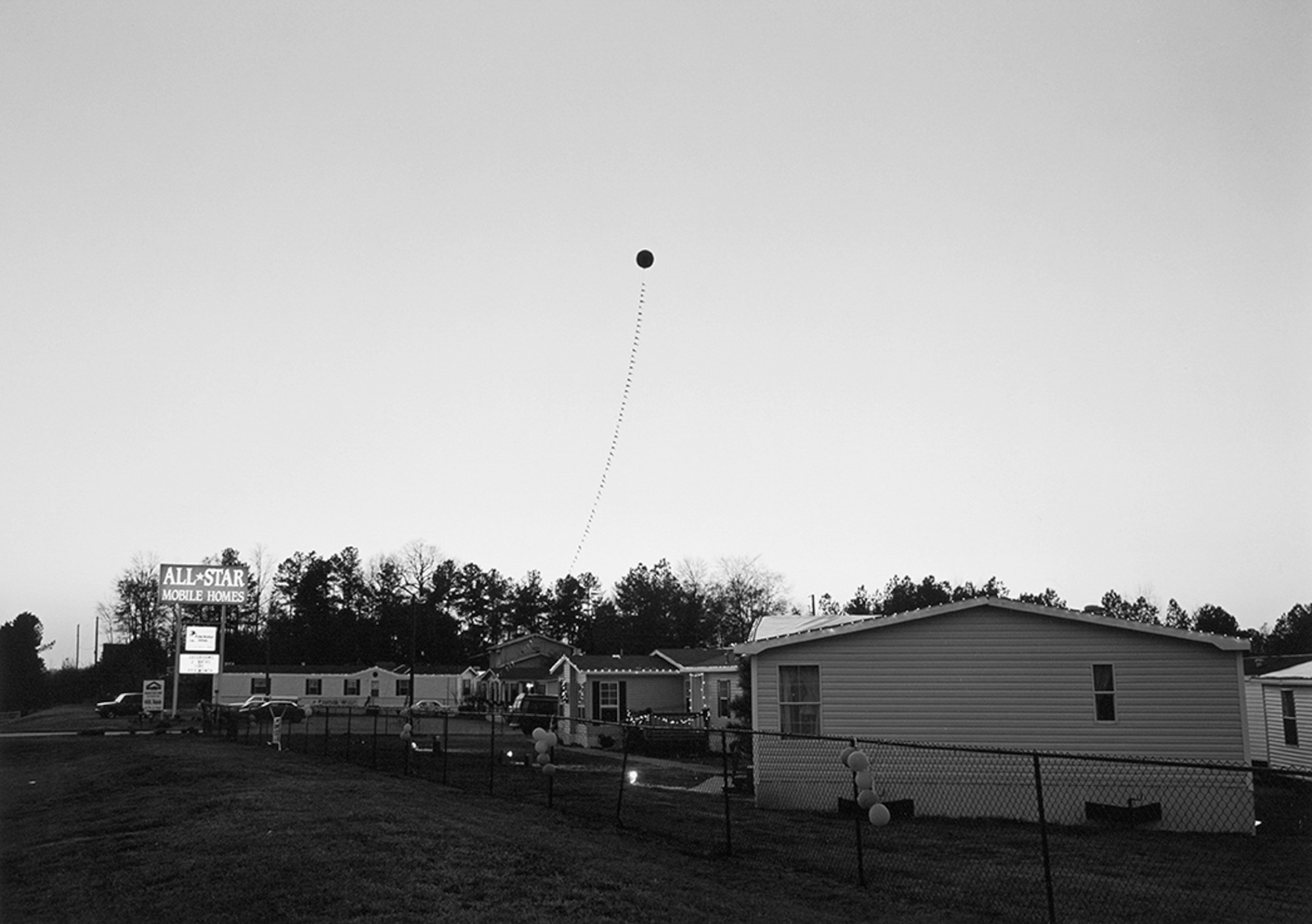
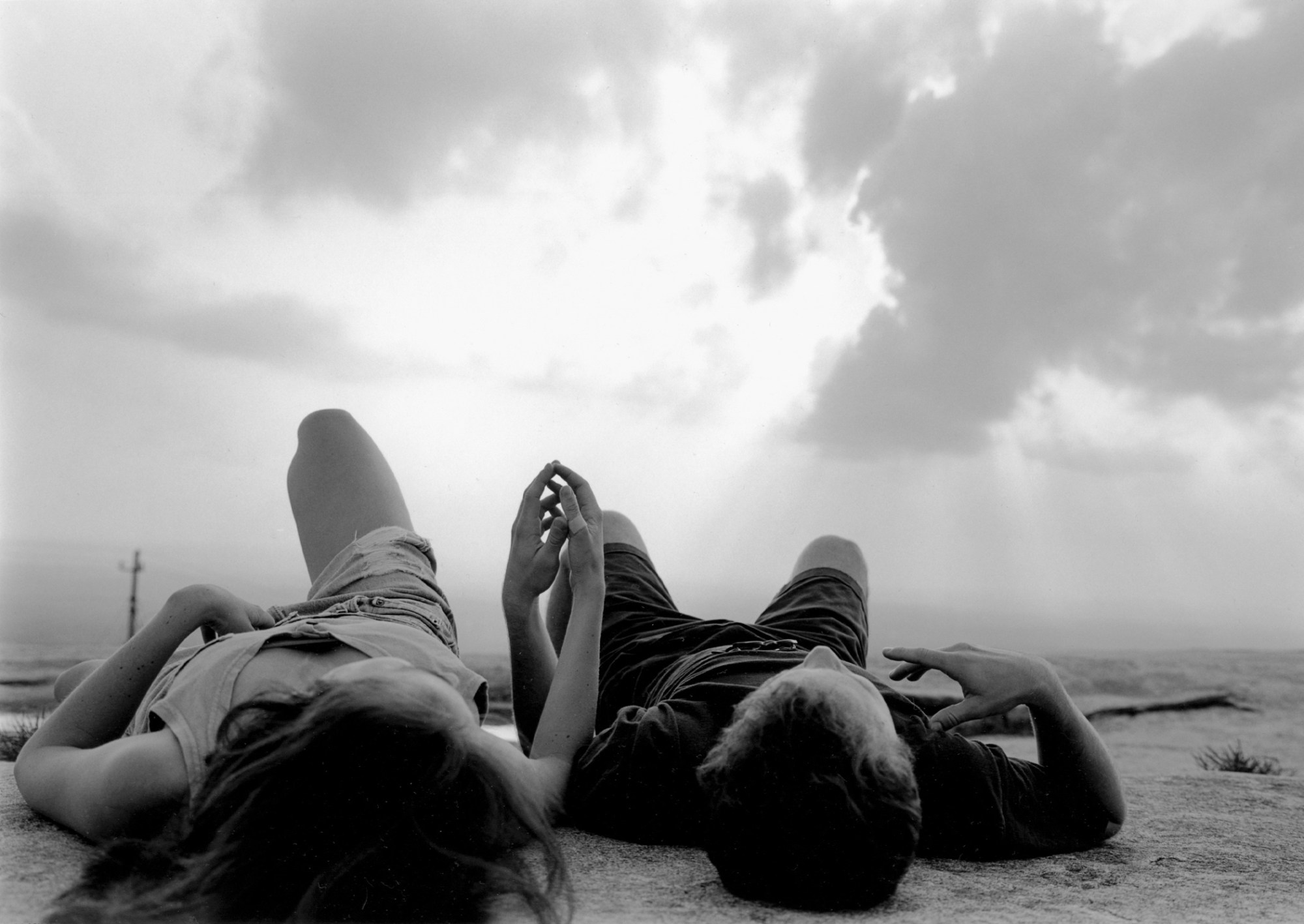
Credits
Text Emily Manning
Photography Mark Steinmetz, all images © Mark Steinmetz, Courtesy of the Artist and Yancey Richardson Gallery
